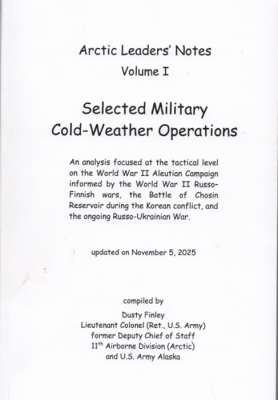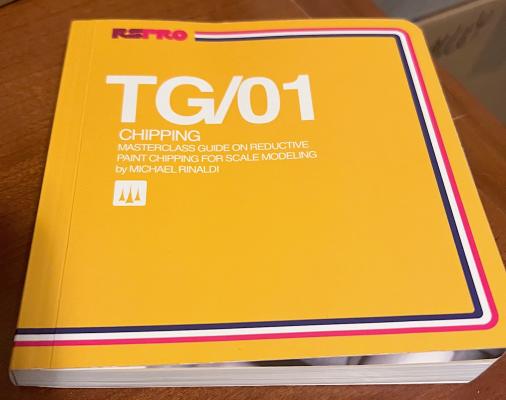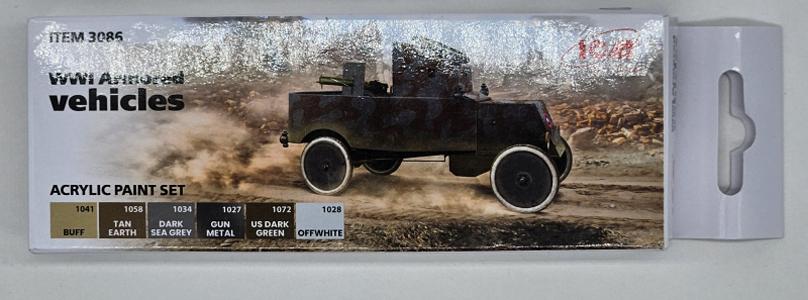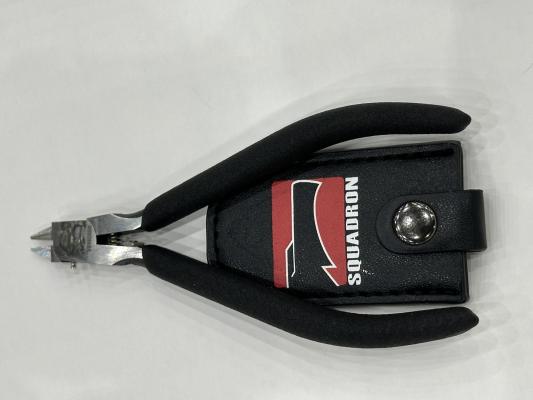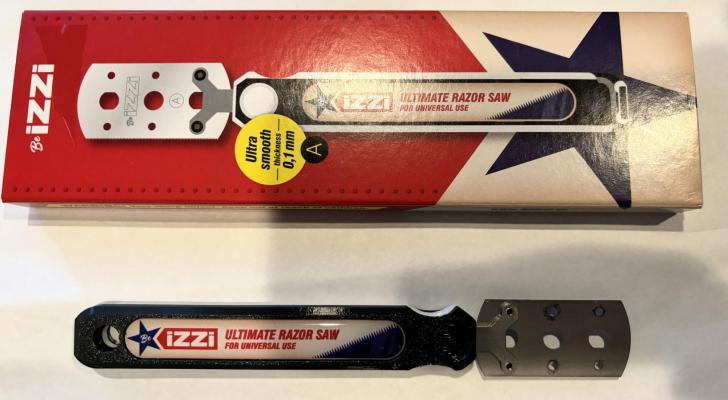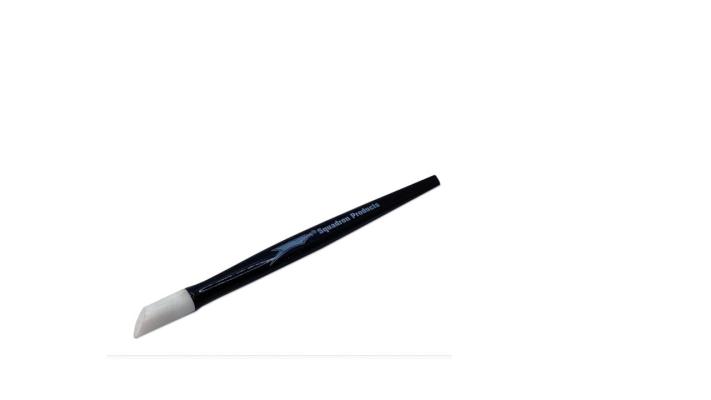One thing I always tell people about the model-building hobby is how blessed I feel about the people I have met who are now my good friends. At the 2025 IPMS-USA National Convention, I made another new friend. I had the wonderful pleasure of meeting Lieutenant Colonel Dusty Finley, Retired, who hailed all the way from Alaska. He served as the Deputy Chief of Staff for the 11th Airborne Division (Arctic) of the U.S. Army. During our conversation, he told me about a book he was writing and I was thrilled when he told me he would mail me a copy. I received it, and from start to finish, I was enthralled. I have even been telling my friends new things I learned as a result of reading it.
Illustrators: George Anderson, David Bocquelet, Luca Canossa, Tom Cooper, Paul Hewitt, and Anderson Subtil
This is author José Daniel Fernández Dugarte’s second volume of the 1992 coup d'état attempts in Venezuela, focusing on events of the February 1992 coup that were set up in the first volume, and the subsequent November coup that ultimately failed. The original manuscript was too large for the @War series, so the editors decided to break it into two volumes. Both volumes are essential to telling this complex story. This volume starts right where the first volume ends and outlines the rest of the first coup, the aftermath, then the second coup just nine months later, its aftermath, and the path of power for Hugo Chávez. Please read the first volume before attempting the second volume.
Publisher’s Introductory Notes
“Führer Headquarters were Nazi command centers used by Hitler and his officials during World War II.
The Führer Headquarters, Führerhauptquartiere abbreviated FHQu in German, were headquarters used by Nazi leader Adolf Hitler and his close circle of commanders and officials. As Hitler directly controlled much of the German war effort, the FHQu were de facto military headquarters.
At the beginning of the war, Hitler's railway train served as Führerhauptquartier, for example during the Balkans campaign in the spring of 1941, but the construction of Führerhauptquartiere, Hitler's Headquarters, was entrusted to the Organisation Todt, the Nazi civil engineering body.
Introduction
I chose to review Super Model International, No. 2, because of one feature in particular—the BMW R75 build. Having previously built Revell’s 1/9-scale BMW R75 with sidecar, seeing a BMW R75 featured in this issue piqued my interest.
Magazine Features
Super Model International No. 2 from Kagero Publications is printed in A4 portrait format, on glossy, heavy paper stock, with sharp, clear photos throughout. This issue focuses on armor, showcasing advanced techniques, detailed sequences, and excellent build photos, all in color. Four authors contribute four armor projects, providing the reader with a valuable resource for techniques and finishing.
Contents
This issue features four in-depth armor subjects.
Chipping is storytelling at its core, which is why we start our modeling journey developing these skills to foster a broad range of looks … Michael Rinaldi
TG/01 Chipping is the first book in a new series of technical guides by Michael Rinaldi in partnership with AMMO by MiG. The book is packed with excellent photos illustrating the weathering process of reductive chipping on scale models. Step by step photos illustrate the chipping process, and diagrams clearly describe the layering of paints.
Rinaldi Studio Press has announced a subsequent book in the series, TG/02 on Oil Paint Rendering (OPR).
This Chipping technical guide by Rinaldi goes into great detail on reductive chipping, which is the process of removing the top layers of paint to reveal other colors below. This process can create chips in finish paint showing rust or primer below, add areas of wear, battle damage, weather, and other environmental effects on vehicles.
ICM has been releasing quality kits, figure sets, and recently paints to support their vast library of releases. Today, we see a set dedicated to WWI Armored Vehicles. These are water-based acrylic paints that can be brushed as is or airbrushed after thinning with either distilled water or ICM brand thinner. They come in screw top bottles that are wide-mouth and not dropper bottles, so I used my handy pipette to dole out smaller quantities for testing.
What’s Inside the Box
This set includes six 12mL plastic bottles featuring the following colors:
Tools-You can never have enough. You don’t need it until you need it. With the return of Squadron they are developing their own line of modeling products. In this case it is high quality sprue cutters. Squadron has developed THREE different types of sprue cutters, each for a specific purpose.
For this review, let’s look at the top of the line, the High Precision Sprue Cutter, Stock # 12103. This particular cutter comes in a vacuformed sleeve with a cardboard backing. Inside of the sleeve are obviously the cutters but also a quality leather pouch that protects the cutting surfaces when not in use. It is even labelled with the cool Squadron logo.
John Walter is among the world's most prolific writers on small arms, and the author of 70 books, translated into more than a dozen languages, and authoritative articles in Guns Digest, Shooter's Bible, and The Armourer. This is John’s first book for Osprey. His next Osprey book in the Weapon series is scheduled for 2020. He lives in East Sussex, UK.
First off, my apologies to Jon Vojtech, the generous genius behind the UMM product line. Jon graciously provided the Reviewers Corps with a nice selection of new products at the National Convention in Hampton VA, this year, and I am very late in submitting my review.
If you need to make extremely fine cuts in a part – plastic, soft metal, 3D resin, or cast resin material – this tool will do the trick. The blade itself is razor thin (sorry…), coming in at 0.1mm or about 0.004”. Using a blade this thin means applying gentle pressure, letting the very fine teeth do the work – push too hard and you’re likely to bend or snap the blade.
The handle is 3D printed filament, and incorporates a recess for the included Allen wrench that’s used to change blades. And speaking of that, the handle will accommodate a number of blades including the UBT12 Medium Rough Razor Saw.
Nice things often come in simple packages. The Squadron Tool Decal Positioner is an example of this, measuring in at 10 cm (slightly less than 4 inches). A small contoured rod with a rubbery tip used to position decals is the simple solution to this old modeler’s “fat finger” problem.
I came back into the hobby after a long hiatus. I was used to thick decals that I could slide around with my fingers. I quickly learned that the current aftermarket decals were much thinner, and folded in on themselves or tore very easily. To solve this dilemma, I then started using a pencil, toothpicks, and other items to try and slide the decals into position. Sometimes it worked, other times it did not.
For that reason, I jumped at the chance to review the Squadron Tool Decal Positioner.

